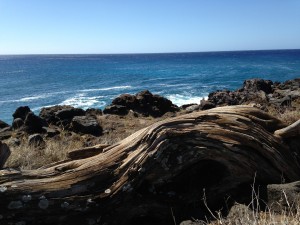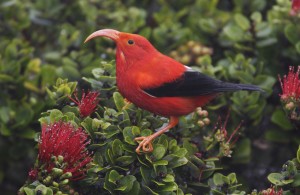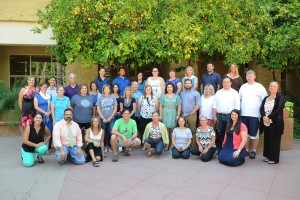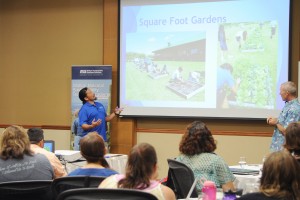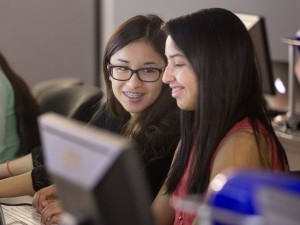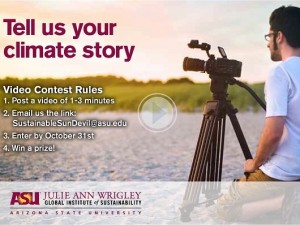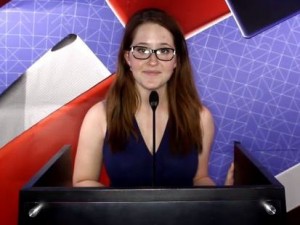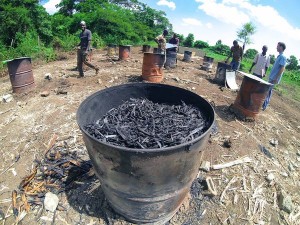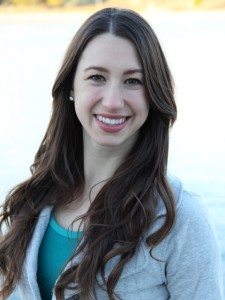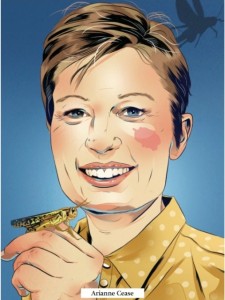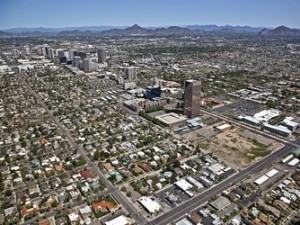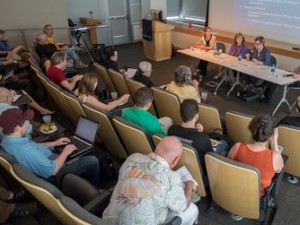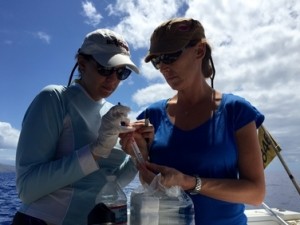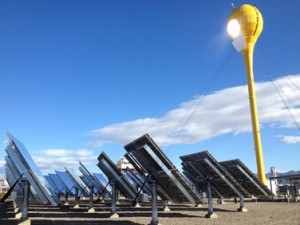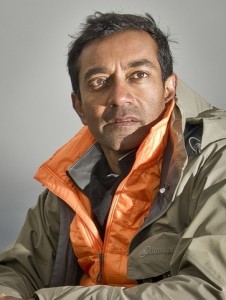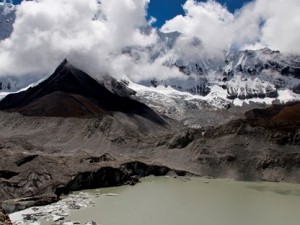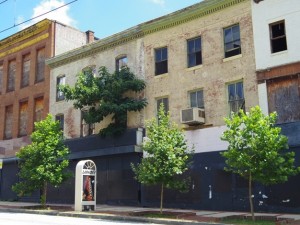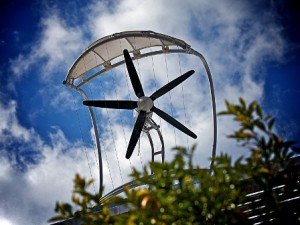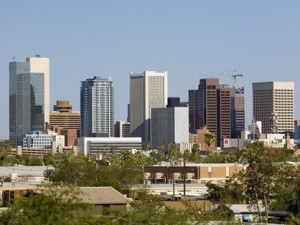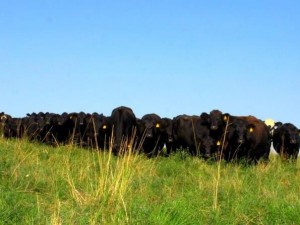ASU center takes pragmatic approach to extinction
View Source | October 27, 2015
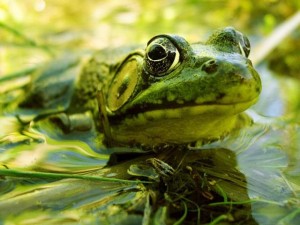 ASU's Center for Biodiversity Outcomes, directed by Senior Sustainability Scientist Leah Gerber, was created a year ago to pragmatically stem the tide of loss in what has been called the Sixth Extinction. Its mission is to make discoveries and create solutions to conserve, where possible, and to manage biodiversity for the long term as the world rapidly changes. In doing so, tough decisions must be made.
ASU's Center for Biodiversity Outcomes, directed by Senior Sustainability Scientist Leah Gerber, was created a year ago to pragmatically stem the tide of loss in what has been called the Sixth Extinction. Its mission is to make discoveries and create solutions to conserve, where possible, and to manage biodiversity for the long term as the world rapidly changes. In doing so, tough decisions must be made.
“We can’t save everything,” says Anita Hagy Ferguson, program coordinator for the center. “We’re not operating in that la-la land. It’s heartbreaking, but we are operating with real data, with real reality, and you cannot save everything. You have to make choices in what to save and how to save it, so that we can move quickly.”
The center’s research focuses on five areas: biodiversity assessment and decision tools, governance and biodiversity, advancing corporate sustainability, public health and biodiversity, and engagement of underserved youth. To learn more about the center, watch this interview with Gerber on Arizona Horizon.


